
What do you need?
Destination
Category
Nature, Sea & Mountain
Sierra de la Muela, Tiñoso Cape and Roldán
Protected Wildlife Reserve
Cartagena, Mazarrón and Fuente Álamo
Spanish name: Sierra de la Muela, Cabo Tiñoso y Roldán
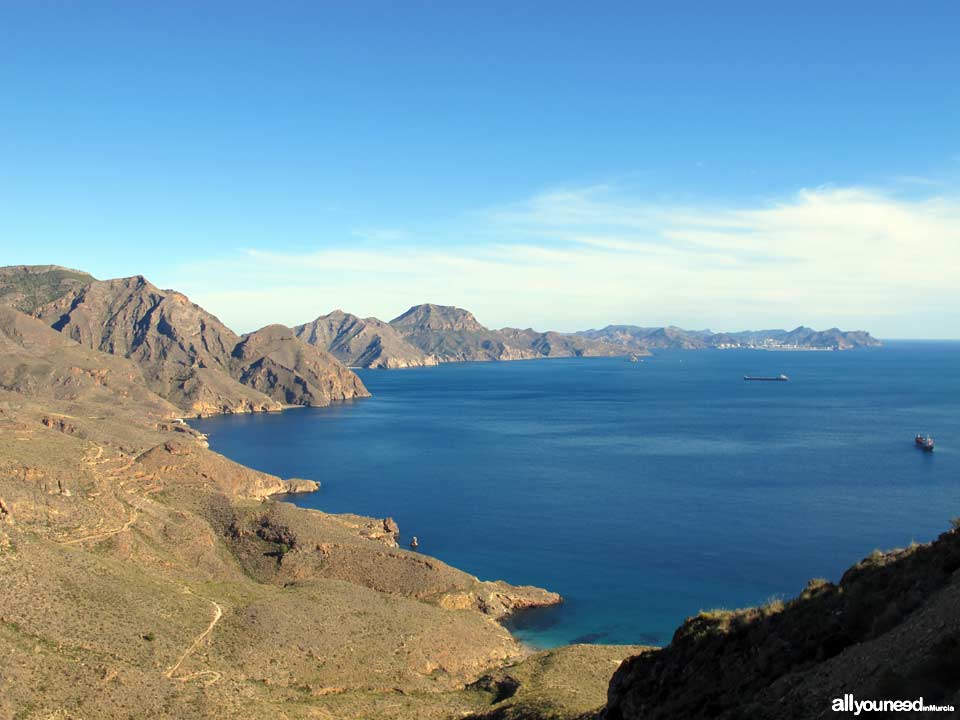 West of Cartagena, along the South of the Region of Murcia, sits this protected 11,361-hectare area, one of the largest and most varied in the region, with many different types of landscapes and geological and biological forms. The highest peak in the sierra is Peñas Blancas, located in a very steep area, whereas in the coastal region of this park there are bays, cliffs, beaches and some water pockets that go as deep as 200 meters. Most of the sierra is in the municipality of Cartagena, from the hills of Roldán to the area of Isla Plana, running through Sierra de la Muela, Cabo Tiñoso, Portús and Azohía, among others. A small part of the sierra is also located in the municipalities of Mazarrón and Fuente Álamo.
West of Cartagena, along the South of the Region of Murcia, sits this protected 11,361-hectare area, one of the largest and most varied in the region, with many different types of landscapes and geological and biological forms. The highest peak in the sierra is Peñas Blancas, located in a very steep area, whereas in the coastal region of this park there are bays, cliffs, beaches and some water pockets that go as deep as 200 meters. Most of the sierra is in the municipality of Cartagena, from the hills of Roldán to the area of Isla Plana, running through Sierra de la Muela, Cabo Tiñoso, Portús and Azohía, among others. A small part of the sierra is also located in the municipalities of Mazarrón and Fuente Álamo.
The sierra, protected by Murcia Government regulations, is considered a Site of Community Interest and Special Bird Protected Area, with many colonies of pilgrim hawks, owls, golden eagles, warblers, ash-gray eaglets, crossbills and many more species that give this place its great ornithological value. There are also mammals such as foxes, wild cats, badgers and boars.
As for plants, this park has a large variety, from typical Mediterranean forests comprised of pine trees, rosemary and thyme colonies, to other species commonly found in arid infra-Mediterranean environments, including palm trees, dill, rosemary and esparto grass. Having said that, it is the uniqueness of some endemic specifies what makes this place so special: the Cartagena cypress, the Escombreras chamomile, the Cartagena anacampsero, black garlis and San Jose stems.
The seabed of Cabo Tiñoso is a place loved by divers because of the vastness, richness and diversity of its waters.
See all Wildlife Reserves of the Region of Murcia

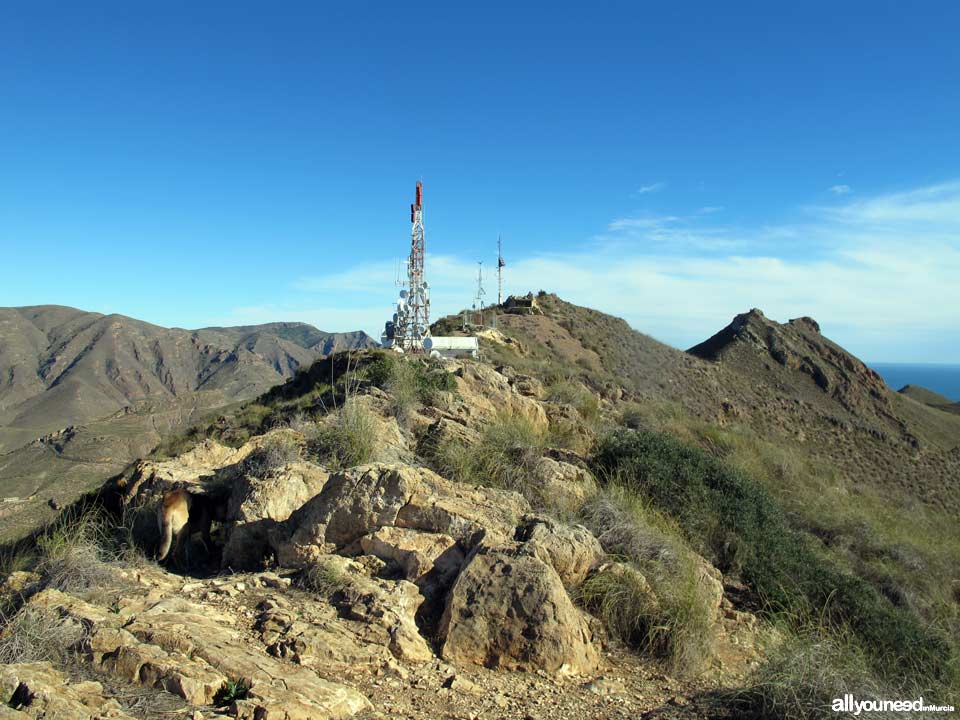
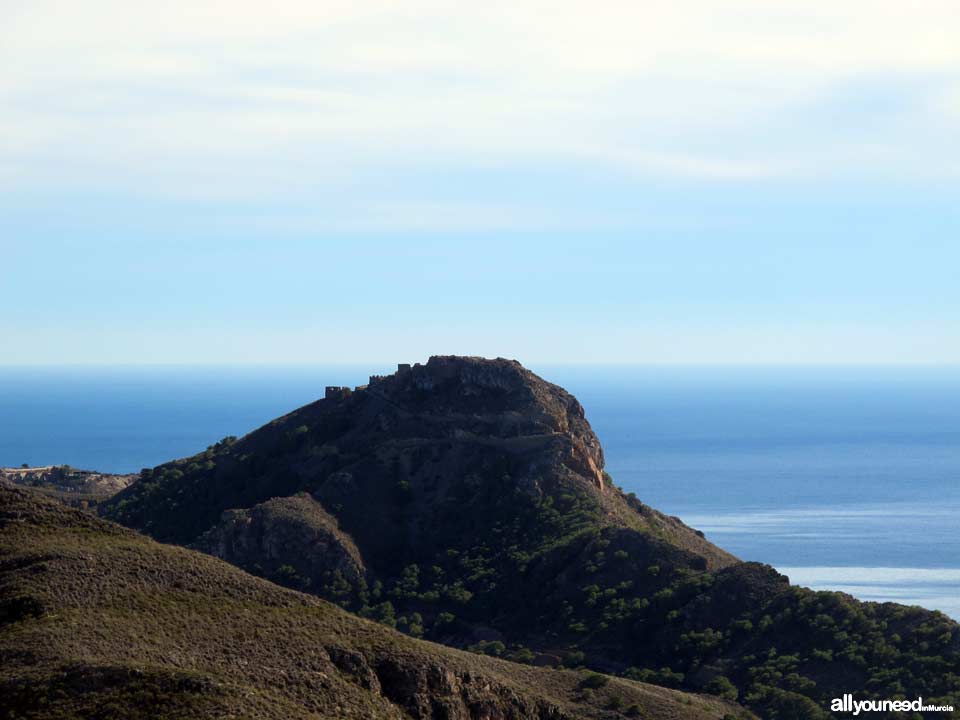
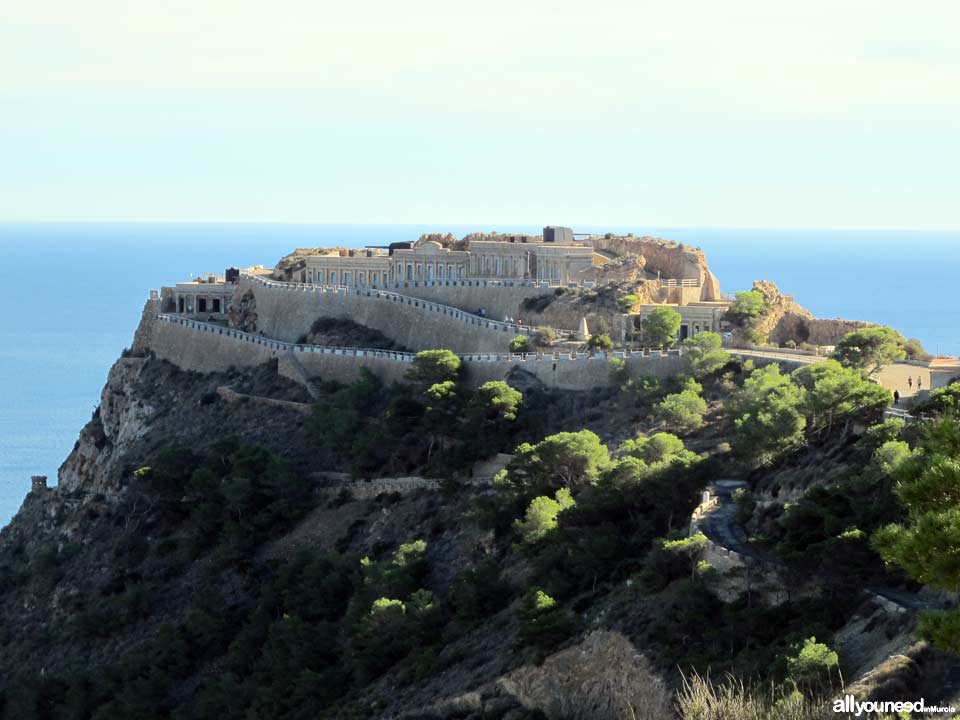
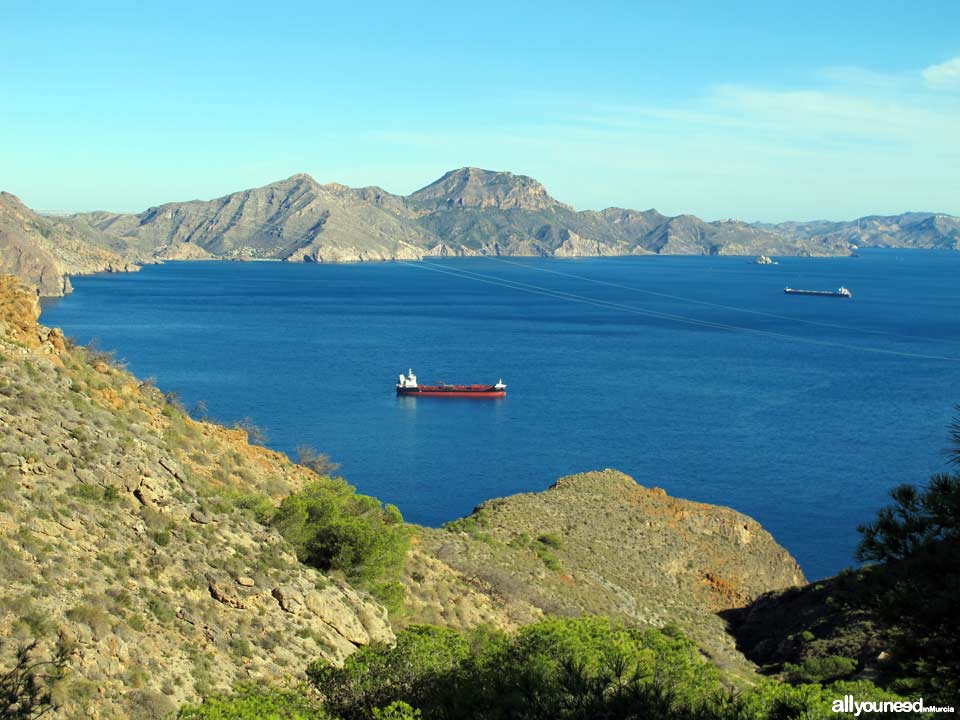
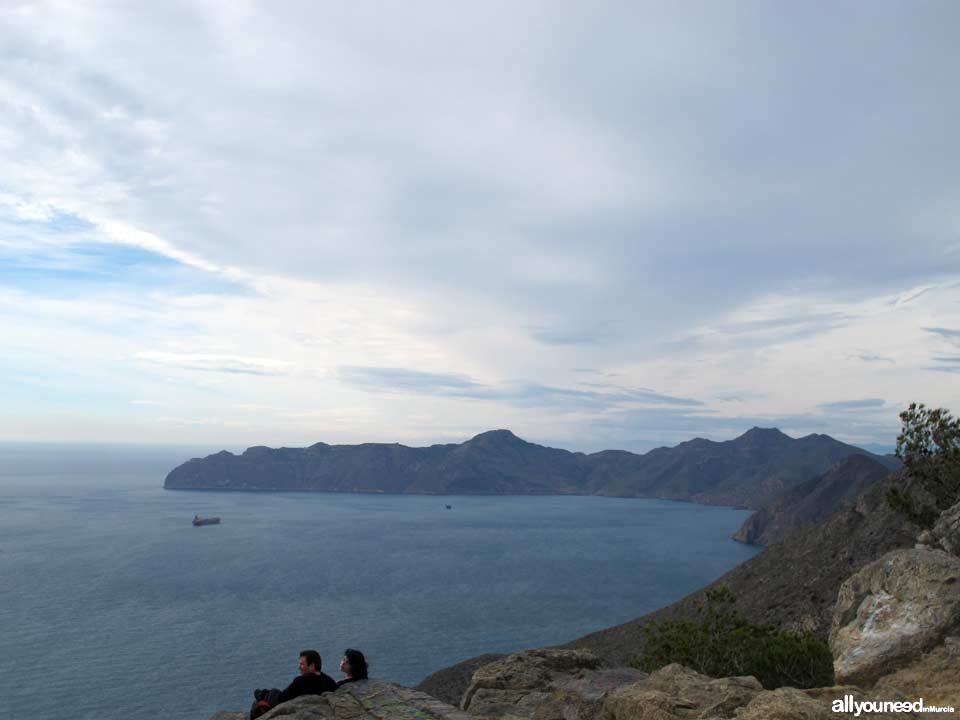
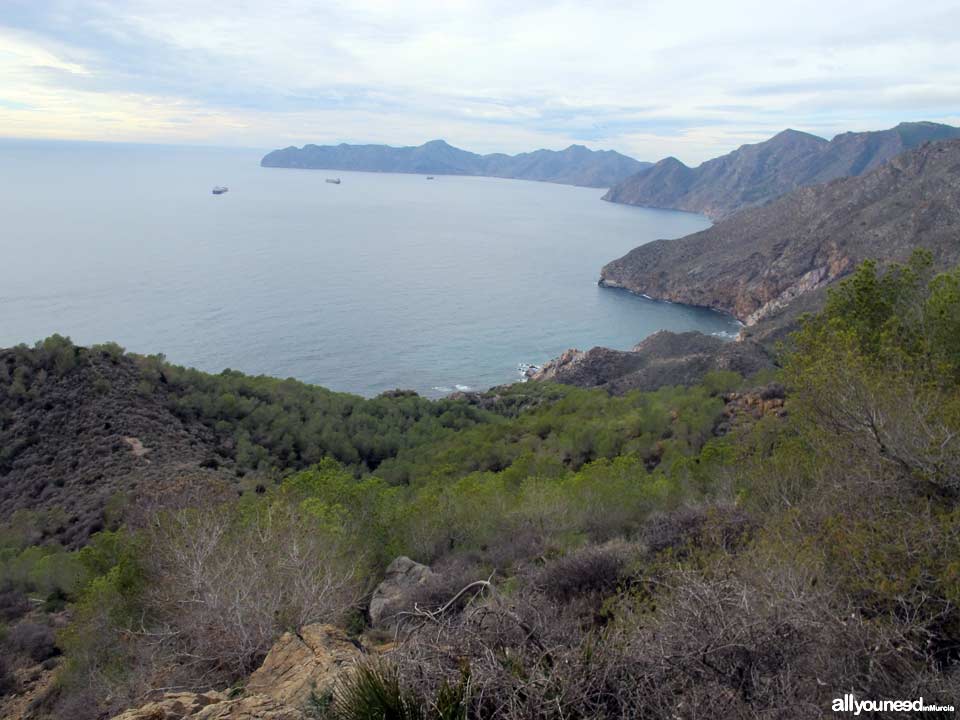
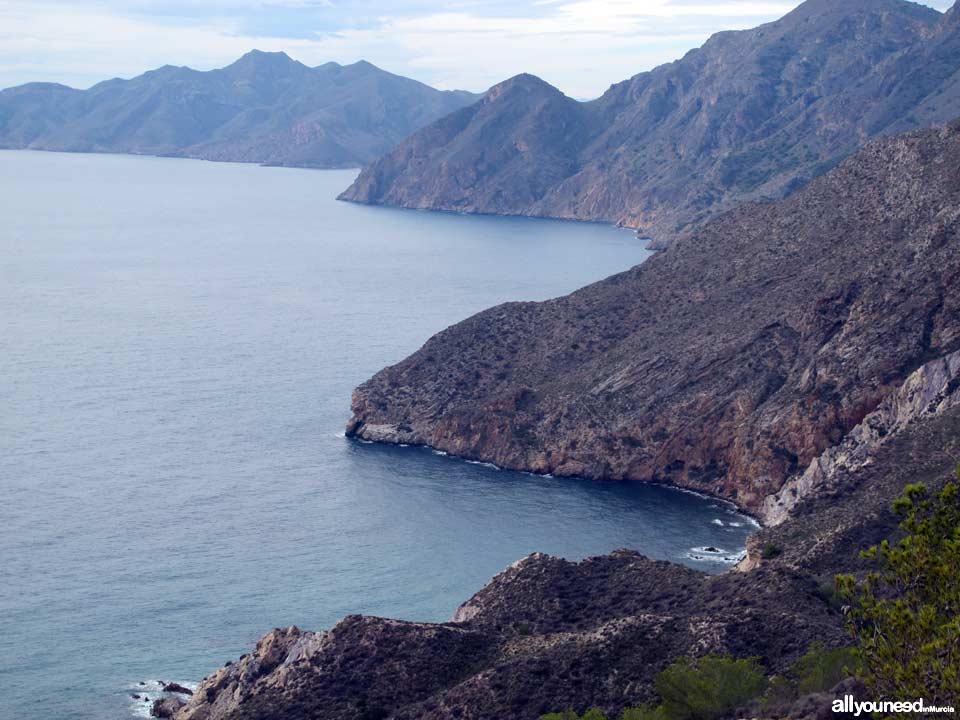
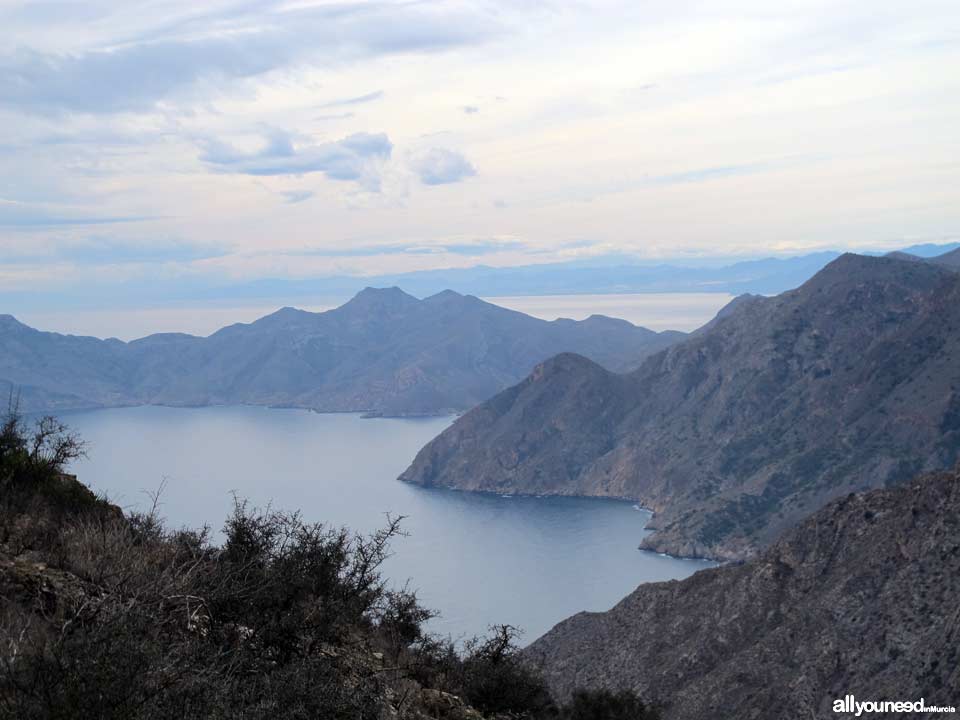
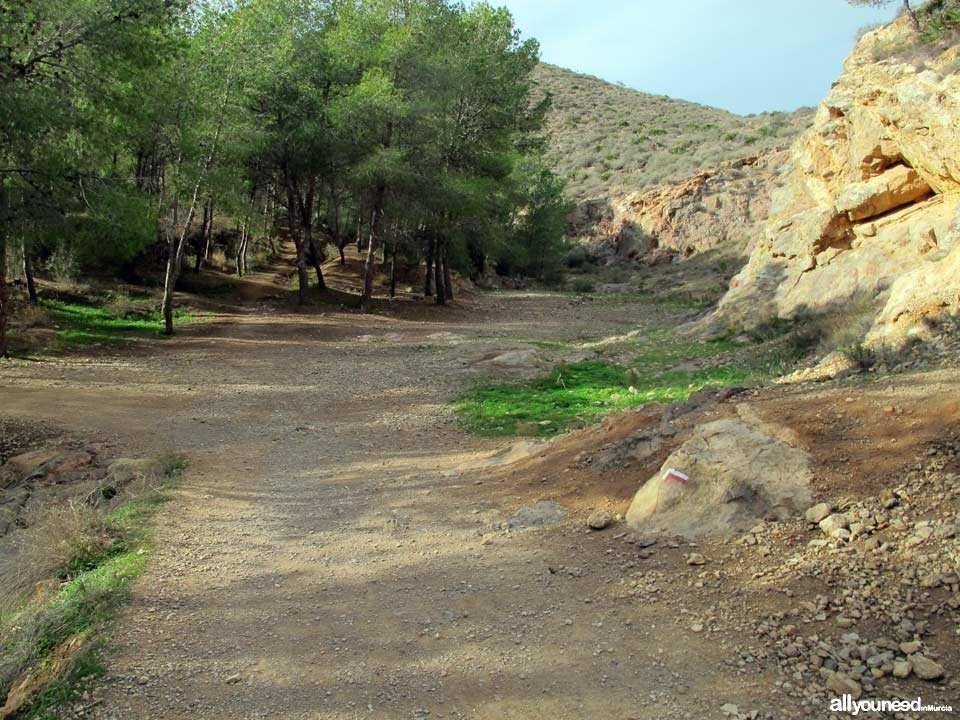
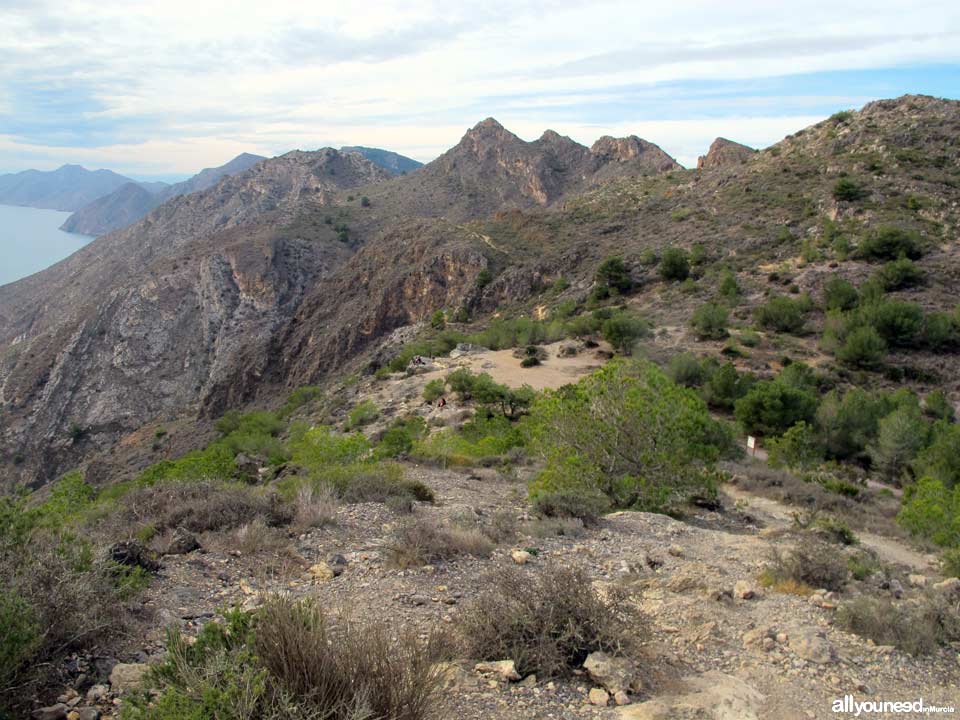
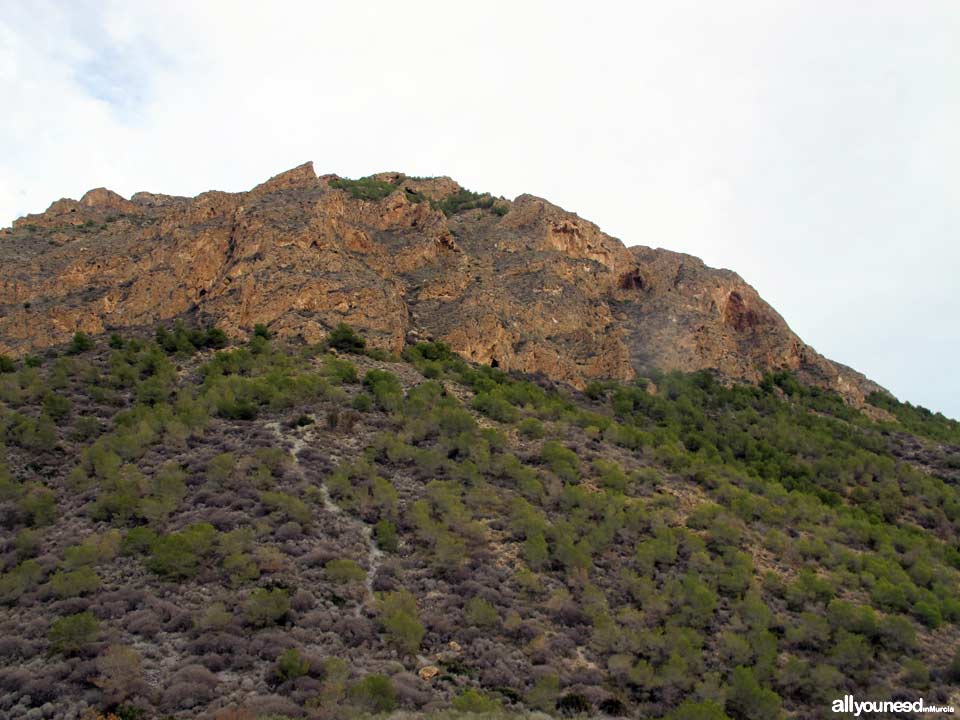
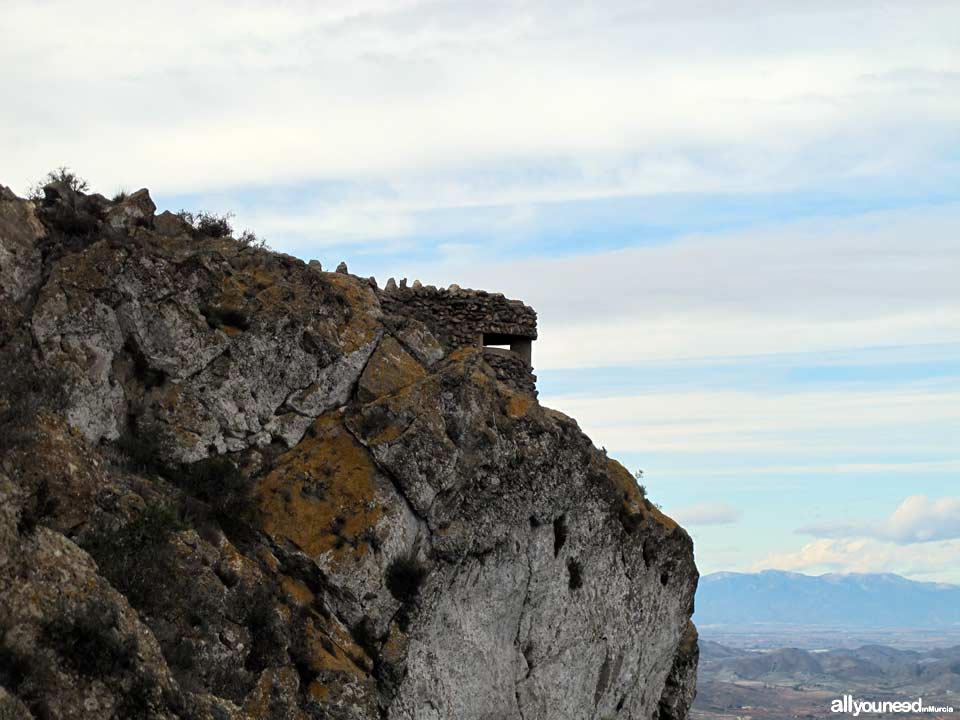
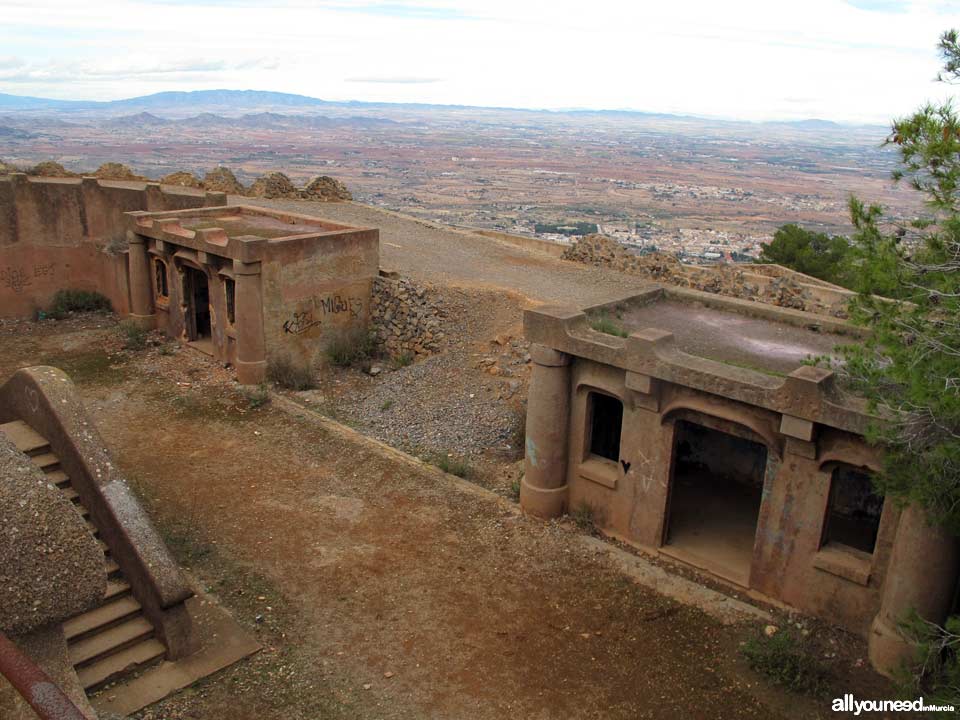
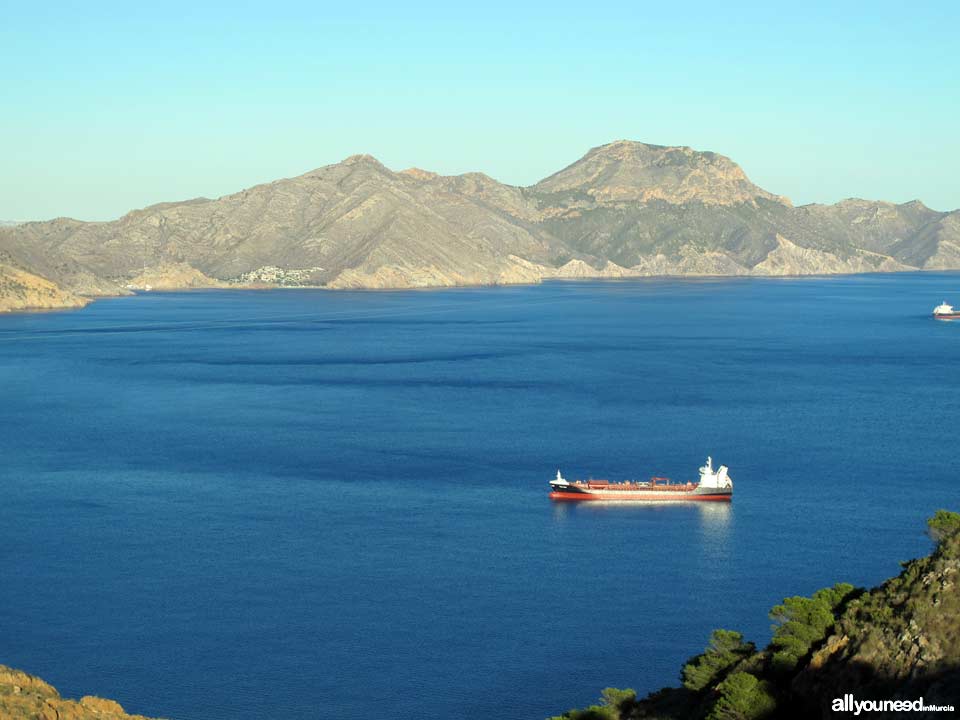
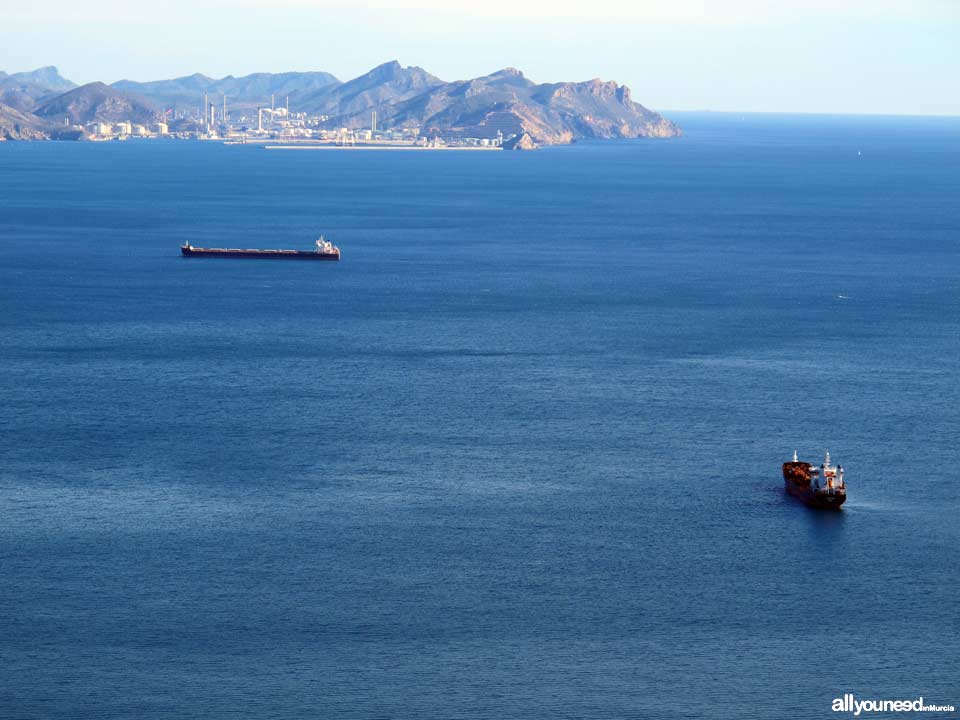
0
comments








 Downloads
Downloads Related links
Related links 
